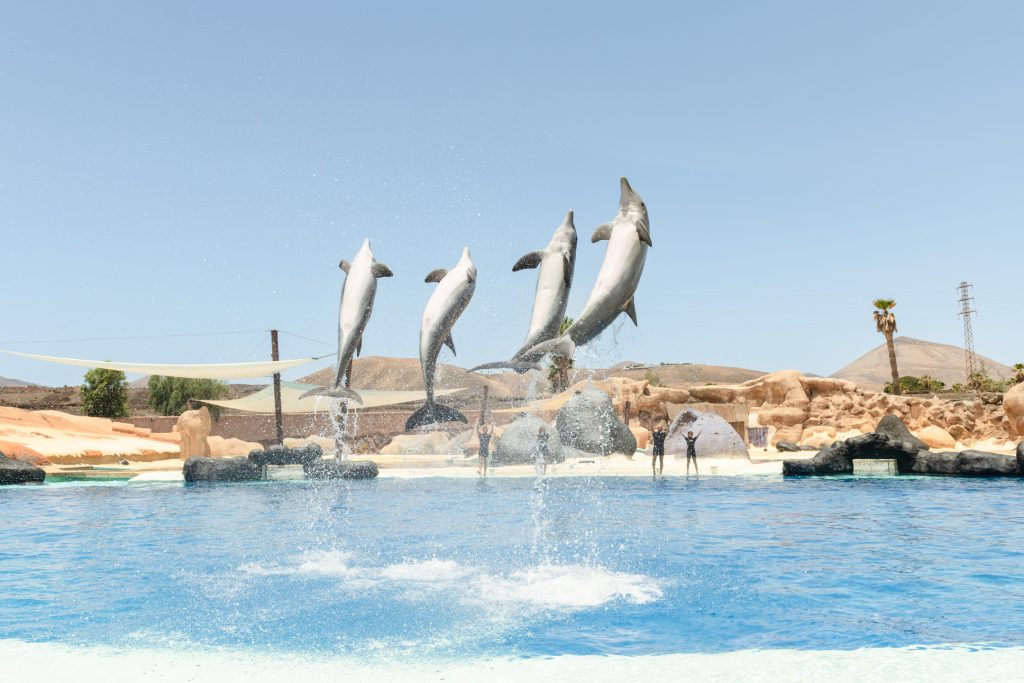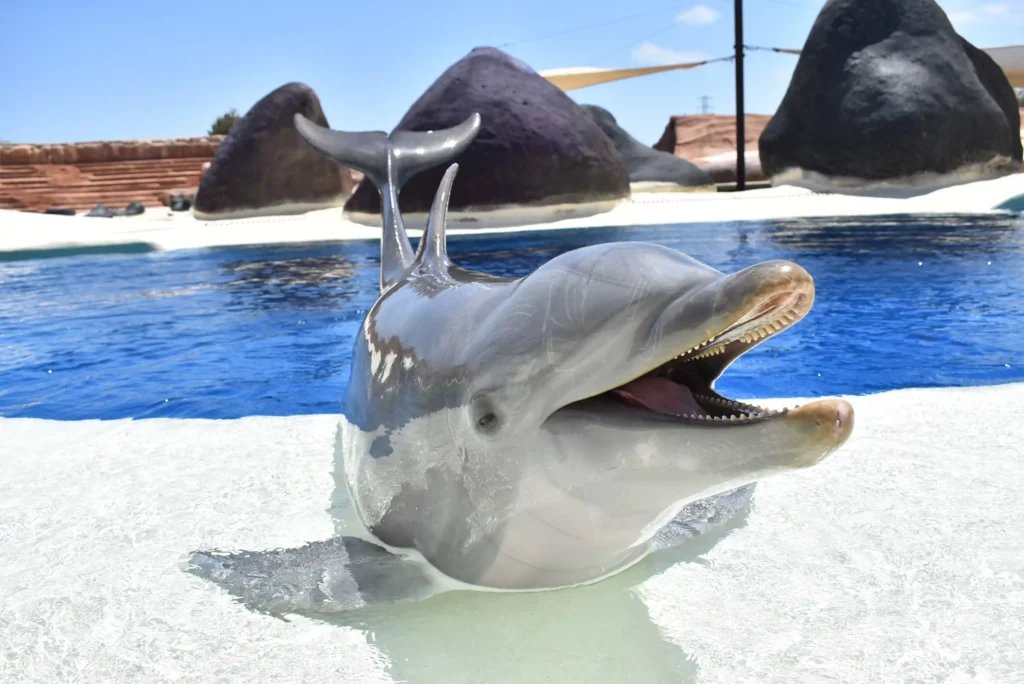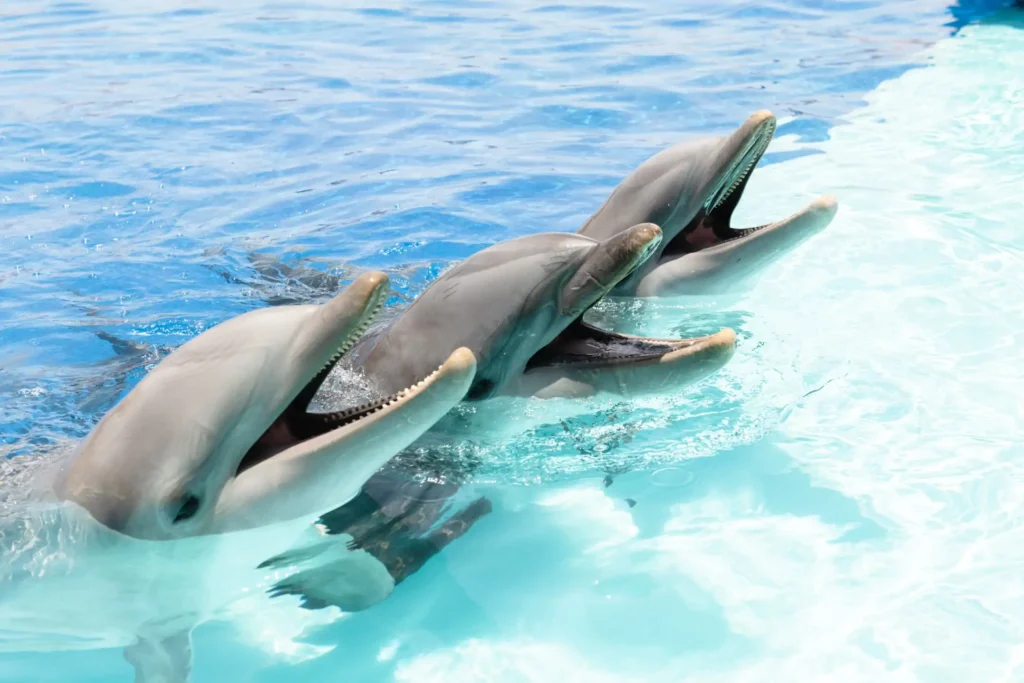Despite other beliefs, the Harris’s Hawk, or Bay-winged Hawk, is very sociable and is often seen living in groups and hunting together.
Physical Features
The Harris’s eagle is a medium-sized bird of prey, about 50 cm long and with a wingspan of 1.2 m. Its average weight is 900 g.
It shows sexual dimorphism in size, with females being larger than males.
Its plumage is dark brown with reddish brown on the upper and lower parts of the wings and legs. It has a distinctive white stripe at the end of its tail.
It has a visual capacity up to 8 times greater than humans.
Habitat
It is found in places where grass or low vegetation predominates, swampy areas with isolated trees, savannahs, grasslands and forest edges.
It can be found in the south of the United States, Mexico, through to Chile and Argentina, and is also present in Honduras, Costa Rica, etc. Most of its population is sedentary.
Diet
They usually hunt as a pair in co-operation and their diet is based mainly on small mammals including: hares, small rodents, rabbits and on certain occasions when any of these are scarce or easy opportunities present themselves, they hunt some birds such as pigeons or quails and reptiles such as lizards.
Reproduction
They are polygynous and females may mate with 2 different males who will later take part in breeding.
They build their nests in trees or tall structures, mainly using dry branches.
They lay between 2 and 4 eggs, and when they hatch, about 35 days later, the chicks remain in the nest until two or three months later. The young disperse in search of a habitat that sometimes may be very far from their initial location.
Behaviour
They are birds that remain in groups of up to 10 specimens with 1 or 2 dominant males that also act as breeders, with a single dominant and breeding female, which is hierarchically placed above the males.
This animal is an example of sociability, living in family groups, hunting in groups and even sharing the breeding of their chicks.
Threats
Habitat destruction and food shortages due to urban expansion, climate change, accidental poisoning with agricultural pesticides and accidents with power lines and windmills are the main threats.
Status and conservation
It is not a particularly endangered bird as it has stable populations in many countries, but it is still in need of protection like other birds of prey.
Included in Appendix II of the CITES Convention.
Classified as Least Concern (LC) in the IUCN Red List.





